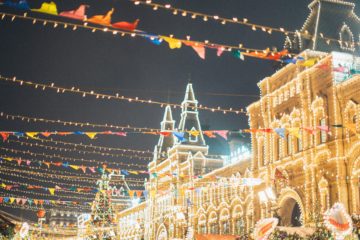
The winter solstice is celebrated around the world in many different cultures and under many different names. The winter solstice is the day of the year when there is less daylight and more darkness than any other day of the year. The winter solstice can vary between December 20 and December 23 in the Northern Hemisphere.
Civilizations all over the world have been celebrating the winter solstice in one way or another since the beginning of recorded history, and most likely far before history was recorded. Different cultures have viewed the winter solstice in different ways. Some cultures see the winter solstice as the beginning of better things to come, while others see the winter solstice as the depth of all despair and where the worst is sure to occur.
In seventh-century Japan, for example, the Amaterasu celebration was the Requiem of the Dead, when the Amateras, the sun goddess of Japanese mythology, was tricked to leave her seclusion in a cave.
Meanwhile, during the fourth century in Rome, the winter solstice was celebrated as Christmas, Natalis Domini, or the celebration of the birth of Jesus Christ. December 25 was the date of the Winter Solstice according to the Julian calendar.
In America today, we don’t actually celebrate the winter solstice as such. We celebrate Christmas, which is close, but Christmas is not considered a celebration of the winter solstice. Other countries, however, do still observe a celebration of the winter solstice.
The winter solstice is considered “midwinter” in all cultures. It’s the time of the year when it is the coldest, and the weather is the most brutal. Most cultures see the winter solstice as the halfway mark, and bring the hope that warmer weather will soon return.
Please see:


